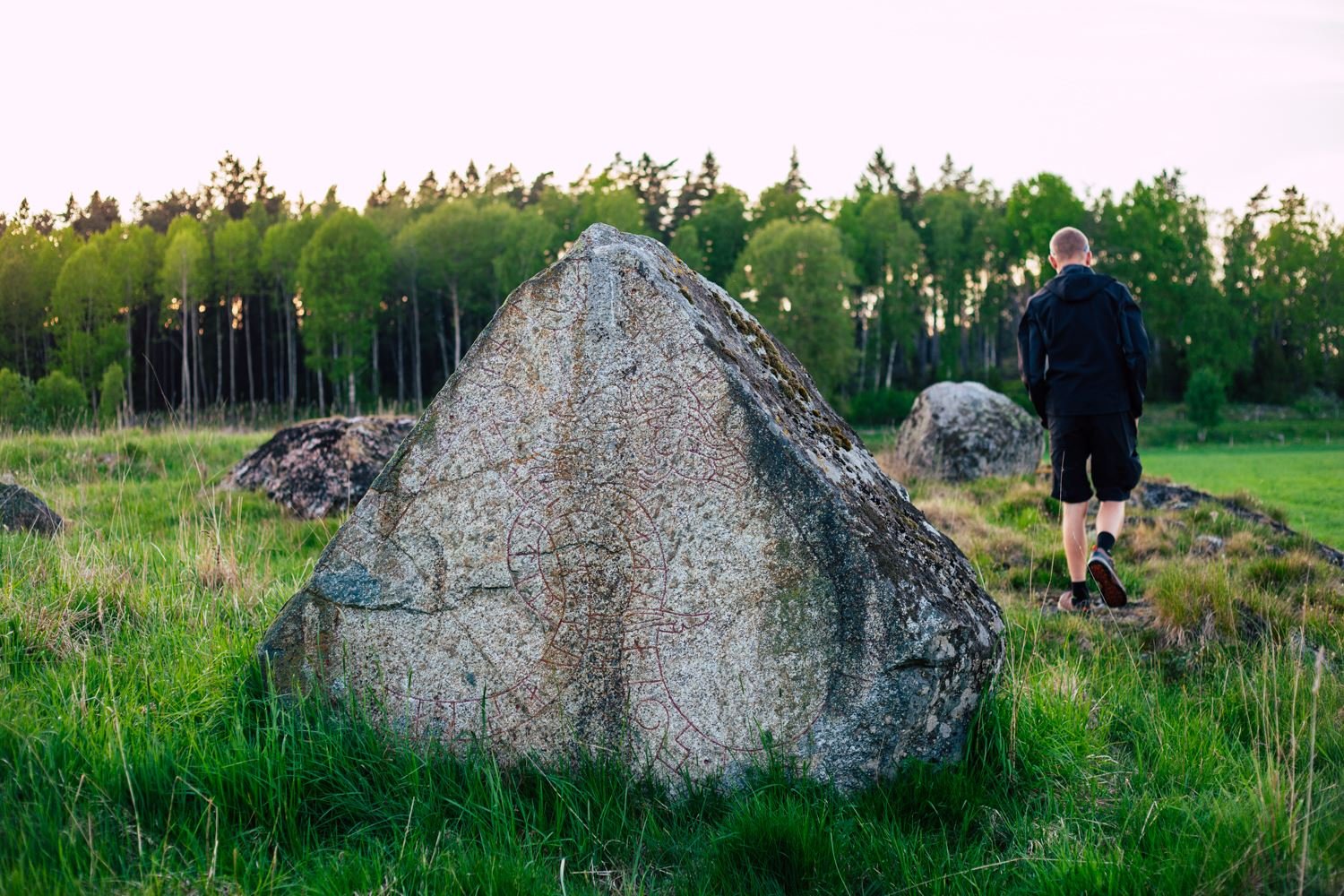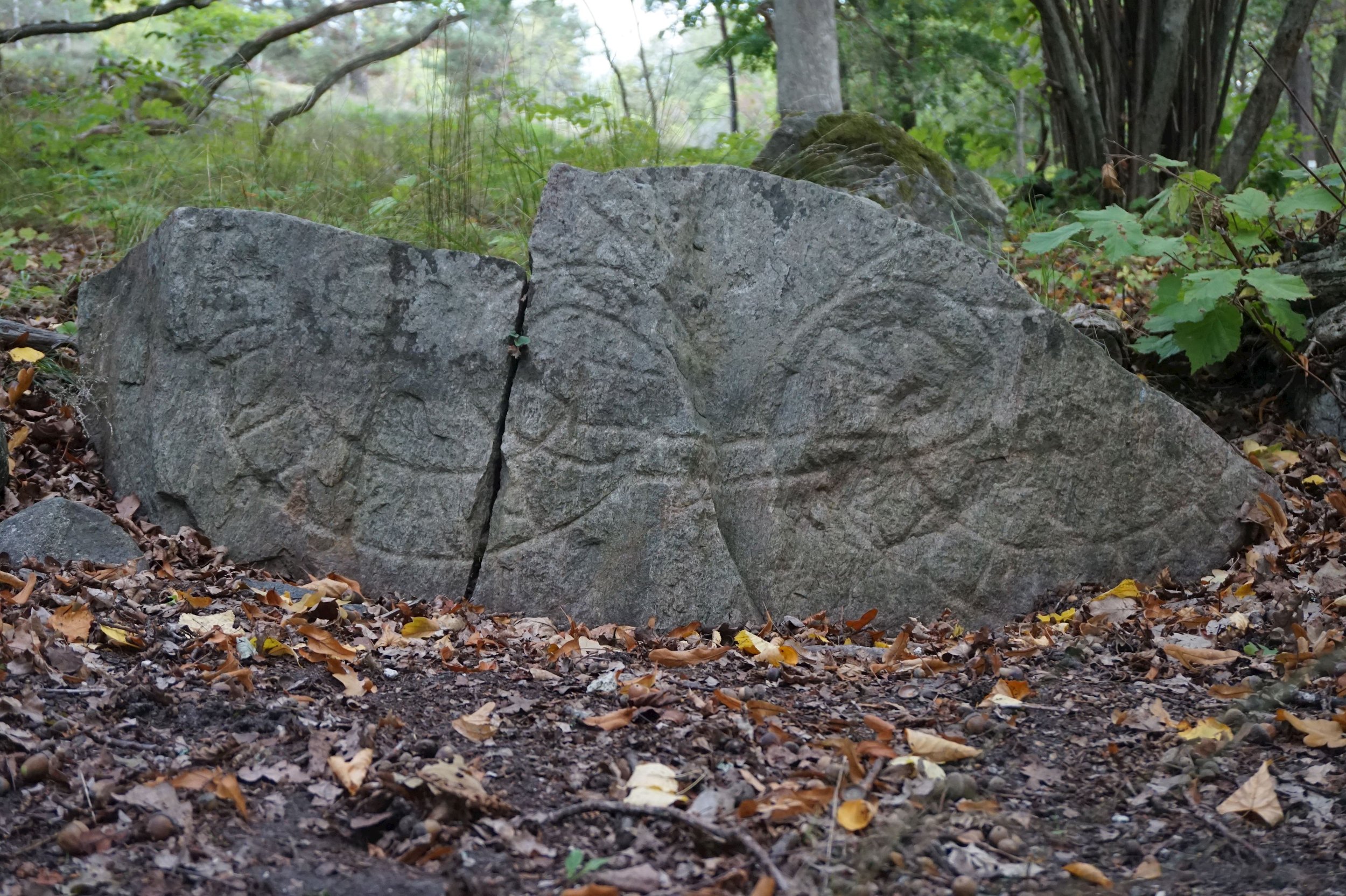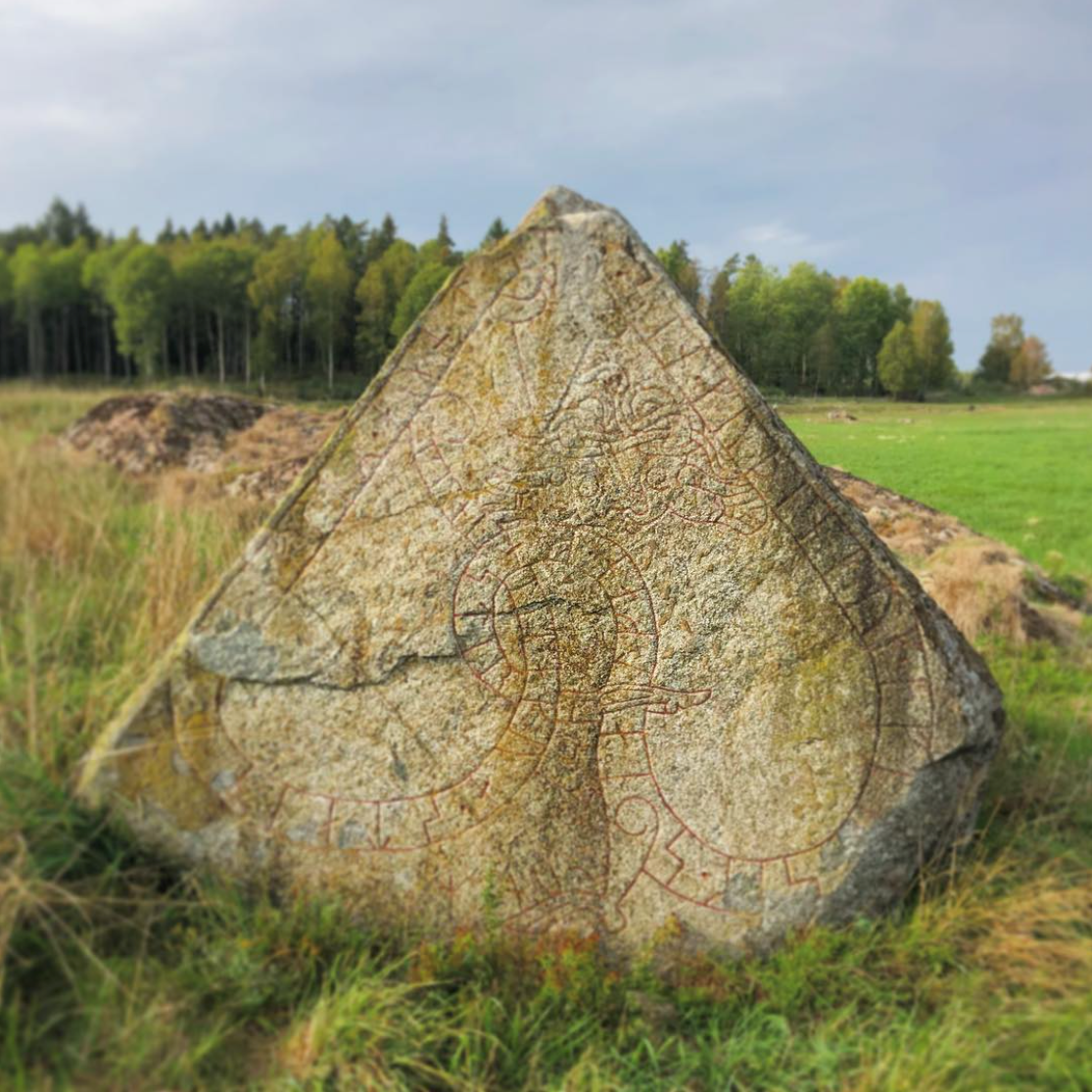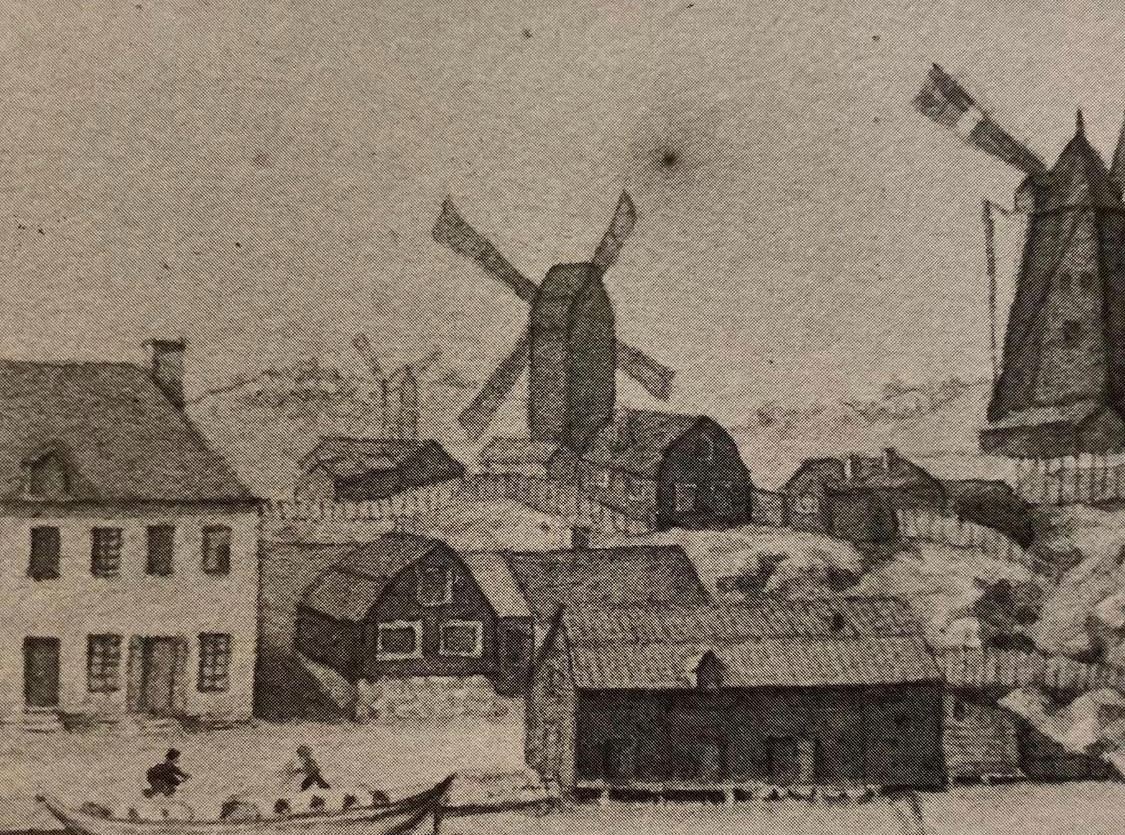
Mikaela's historical anecdotes
Are you keen to learn more about the exciting history of Vaxholm? Then you have come to the right place! Here our local archaeologist and guide, Mikaela Lodén, shares historical sites, discoveries and events in Vaxholm and the surrounding area.
A snapshot in time
-

Blynäsgården
Vaxholm
Blynäsgården is a charming house tucked away on the north side of Vaxön. When it was built in the 18th century, it was in a rural location, far from the center of Waxholm.
-

Stegesund taverns
Vaxholm
Stegesund - the narrow passage to the archipelago from Vaxholm, between the island of Stegesund and Skarpö. In the 17th and early 18th centuries there were two inns, one on each island. Passers-by could stop to rest, drink and eat, but unfortunately the inns came to a tragic end.
-

Torpet Högbacka
Arches Sound
Between Karlsudd and Askrike on Bogesund, close to the water on the southern shoreline, was the croft Högbacka for several hundred years. The crofter Anders Ersson and his wife Maria Andersdotter lived there, but after Anders' sudden death the new farmhand, Eric, took his place - both as crofter and Maria's husband.
-

New cemetery
Vaxholm
The new cemetery in Vaxholm was built in the 19th century. Before that, the land on the site was used as fields. In 1786, for example, the fields were owned by N. Bröms. Close by were the remains of one of Vaxön's oldest farms. The old farm - established in the Middle Ages - was called Norra Waxöön and was located approximately where the fire station is today. -

The runestone at Fridhem
Bogesund
At the entrance to the Bogesund jetty are the remains of a Viking Age rune stone. -

The runestone at Söderby
Resarö
One of the two rune stones on Bogesund originally stood at Blåbärsmossen, but is now located near Söderby. The runes on the stone were carved in the 11th century and were erected in memory of Önd by his father Gunne, who together with his mother Åsa lived on Bogesund at the end of the Viking Age. -

The fence at the Camp
Vaxholm
A few hundred years ago, there were only fields, meadows and a fence at Lägret - the green area where you find today's city park. The fence was called the Waxholm fence and separated the city center from the countryside. It stretched from Norrbergshamnen to the beach on the south side of the island. -

Wreckage of the oxbow pond
Rindö
In the fall of 2019, marine archaeologists found two wrecks in Oxdjupet, between Rindö and Värmdö. After several analyses, it has now been established that the warships Apollo and Maria were deliberately sunk in the strait in 1677. But why? -

Vaxholm before the first bridge
Vaxholm
The people of Vaxholm have always been good at rowing and sailing. Before Vaxholm got its first bridge in 1926, they were entirely dependent on boats to get around. Some even claim that their good seafaring habits are due to the fact that their ancestor was a sea child, the offspring of Havsfrun. -

The Viking dwelling at Askrike
Bogesund
Right next to the golf course at Bogesund lived a family during the Viking Age. Like most people, they lived in the countryside with a close relationship to nature - it was the weather, the changing seasons and the gods that ruled. In the 1990s, an interesting archaeological investigation was carried out. -

Pettersberg farm
Vaxholm
In the 1700s, Pettersberg's inn was located where today's Petersberg residential area is. Many of the guests came there by boat, which they moored down by the water. When the inn closed in 1850, Pettersberg farm was built - a farm with agriculture and animals. For more than 100 years, cows grazed around Kruthuset. -

Vaxholm windmills
Vaxholm
At one of the highest points in central Vaxholm, Lotsgatan winds its way. Here on the top of the hill there have been several windmills in the past. Even today, one of the mills' old bottom stones remains - as a memory of Vaxholm's last windmill.
Want to know more about the history of Vaxholm?
Here you can read more about the history of Vaxholm, and about Vaxholms kastell. You can also book a guided city walk or other historical walk with Arkeologievent for a deeper insight. Guided tours are also offered through the Vaxholm Tourist Office. If you prefer to discover on your own, there are QR codes posted around the center of Vaxholm and also on Rindö. You can pick up a map for them at the Tourist Office.
